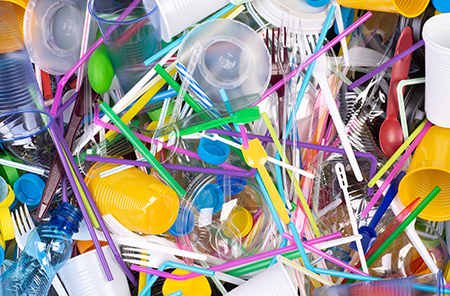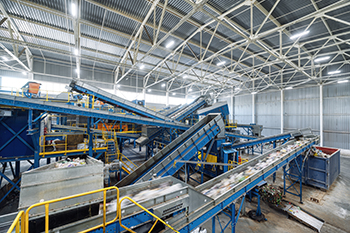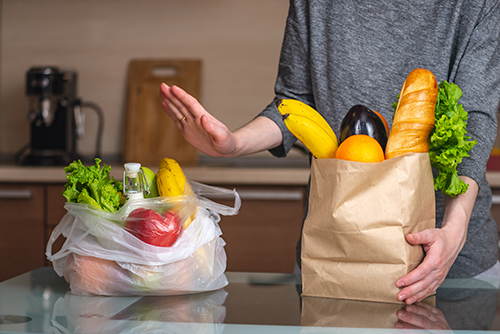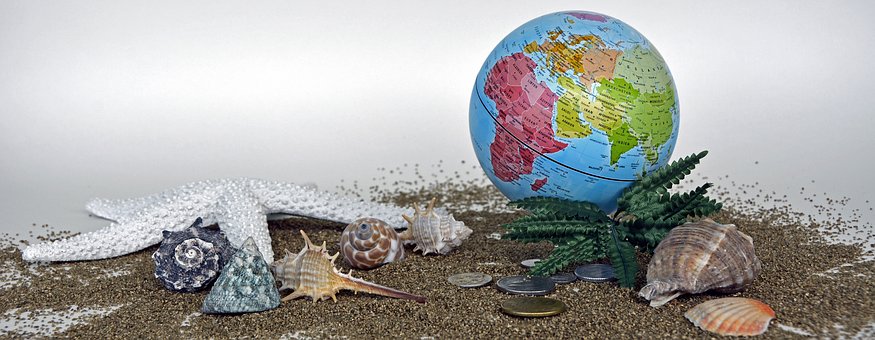Single-Use Plastics
Understanding Single-Use Plastics
 One and done. Plastic straws, plastic cutlery, plastic cups, plastic plates, balloons, hearing protection, cups and lids, paper plates, cigarettes, tissues, paper towels, latex gloves, most food and retail packaging, styrofoam/polystyrene containers, water bottles and the list goes on.
One and done. Plastic straws, plastic cutlery, plastic cups, plastic plates, balloons, hearing protection, cups and lids, paper plates, cigarettes, tissues, paper towels, latex gloves, most food and retail packaging, styrofoam/polystyrene containers, water bottles and the list goes on.
We all use these items and where does all this end up when the party is over? In the trash! Paper plates, napkins, cutlery - all of it becomes trash. We use them for convenience and hygiene and then we dispose of them.
In previous articles we learned how contamination harms the recycling process. Multi-layer materials (materials made from a combination of plastic elements) are extremely difficult to  process as equipment is not available to separate the layers. When incompatible plastics gets into a recycling machine, it can clog it up, shutting it down. Just imagine what happens when an operation like this is shut down!
process as equipment is not available to separate the layers. When incompatible plastics gets into a recycling machine, it can clog it up, shutting it down. Just imagine what happens when an operation like this is shut down!
Should we cease using these single-use plastics? It’s hard to imagine. Who wants a surgeon to re-use a pair of gloves? Better, who wants a surgeon who doesn’t wear gloves? Or what surgeon wants to put his bare hands into a bloody organ? (Sorry, maybe that wasn’t necessary, but it does demonstrate need.) Perhaps there are substitutions for single-use plastics. That sounds like a great option!
However, there are other aspects to consider regarding replacement solutions. For example, are you aware that the production of a paper bag requires 4 times the energy to produce than plastic? That doesn’t include the harvesting of trees and the toxic chemicals used in the process. This creates another negative effect as trees assist in the solution to the problem (photosynthesis) so, by removing the trees we are lessening the aid. Additionally, and contrary to common belief, paper bags do not break down faster than plastic in landfills. Decomposition requires proper light, air, and oxygen, which is not conditions of landfills so both paper and plastic are likely to remain for the same long period of time. Finally,
- Paper bags generate 70 more air pollutants than plastic.
- They generate 50 times more water pollutants than plastic.
- It takes 91% less energy to recycle a plastic bag than it does a paper bag.
- Paper bags are very thick, so shipping them costs more fuel per bag.

While plastic bags may not be the answer, neither is paper. We need to closely consider options and perhaps one of our best options is to further develop recycling equipment, processes, and individual efforts. New innovative techniques and machines require investment. If governments want to employ bans on plastics, they should also install funding for development of enhanced processes. There are many stories of students at universities contributing to studies on this subject and perhaps they can help to meet the challenges.
The list of single-use plastics is exhaustive, and elimination is unlikely. It’s easy to jump on the bandwagon of plastics refusal, but is it really possible? Are we challenging ourselves to unrealistic goals? Most of all, are we fully informed to make the best decisions for all? Think about this. The next time you toss a water bottle into the trash and say, “It’s only one”, remember this statistic. 7.6 billion people said the same thing.

